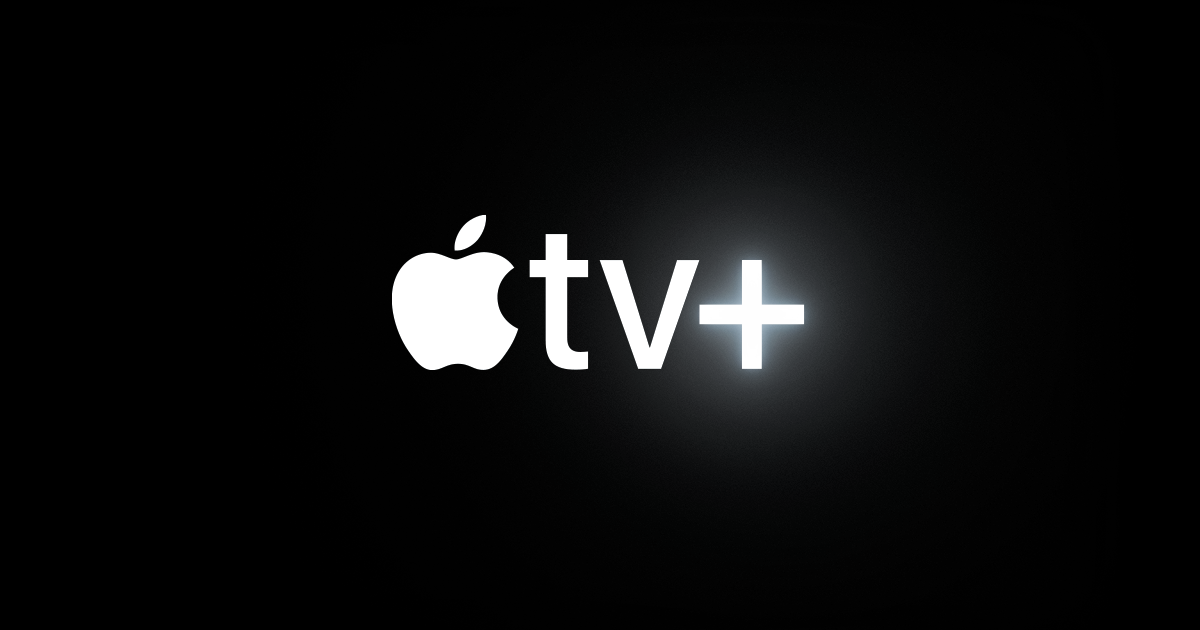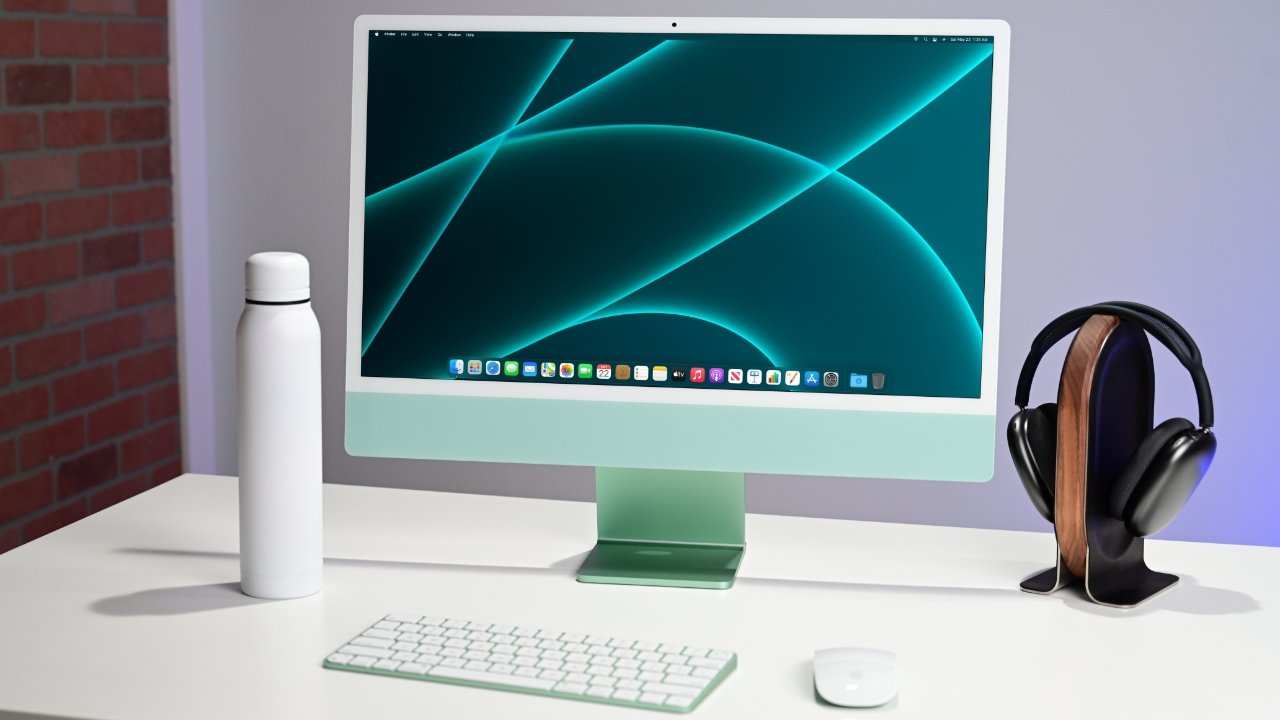Netflix recently shared its latest report on what people watched most in the last half of 2024. One standout detail from this report might clue us in on why Apple TV+ is suddenly focusing so much on shows and movies that aren’t in English.
Netflix’s Worldwide Fans Love Variety
Netflix is a giant compared to Apple TV+, so it’s tricky to compare their hits side by side. Still, the report revealed something eye-opening: almost a third of all Netflix viewing comes from shows and films in languages other than English. That’s a huge slice of their massive audience! Plus, three of their top 10 most-watched shows—like Squid Game season 2—weren’t in English either.
Netflix has been pouring effort into global stories for years, and it’s clearly working as they grow fans all over the world. Apple TV+, though smaller, is starting to follow a similar path by boosting its lineup of non-English shows.
Apple TV+ Steps Up with Global Stories
In its early days, Apple TV+ made a few non-English shows like Pachinko and Drops of God. Critics loved them, but they were exceptions in a mostly English collection. Lately, though, things have changed fast. Since September, Apple TV+ has rolled out new titles like:
- Berlin ER (a German hospital show)
- Love You to Death (a Spanish rom-com)
- You Would Do It Too (a Spanish crime story)
- Where’s Wanda? (a German funny mystery)
- Midnight Family (a Spanish doctor drama)
- La Maison (a French fashion tale)
Even with fewer releases overall, Apple TV+ is now dropping about one new non-English show each month. Netflix’s winning streak with global hits might be the push behind this shift.
Aiming for Fans Everywhere
While the U.S. is still Apple’s main focus, these moves show they’re dreaming bigger—hoping to win over viewers worldwide. Maybe the buzz around Severance will get more people hooked on their global gems too. Apple TV+ costs $9.99 a month and offers popular shows and movies like Ted Lasso, Severance, The Morning Show, Silo, and Shrinking.





